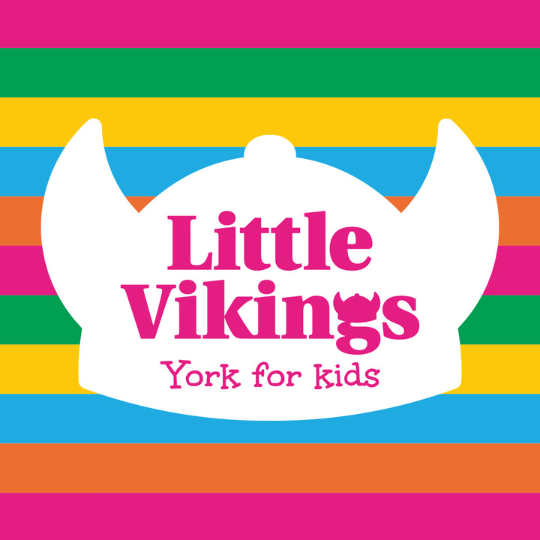Braces and their journey through history
Braces have come a very long way since their first conception and have come even further in modern dentistry. At our York dental practice, we offer some of the latest in invisible braces, Invisalign, which are far superior to their traditional counterparts. Since their conception and like many dental technologies, braces have followed a long journey of development and investment.
Let’s follow braces on their journey through history.
Braces and teeth straightening, in one form or another, have been around since the dawn of some of the earliest civilisations. As early as 400BC methods of teeth straightening were being contemplated. A Roman writer, Celsus, recommended that people should push their new teeth with their finger to align their position, presumably keeping a constant pressure there. Pliny then advised filing them to a uniform size, and it was in these early years that the quest for aligned and uniform teeth apparently began.
The 18th century heralded the first real surge in the development of braces. The man commonly considered the original Father of Dentistry, Pierre Fauchard, invented a horseshoe-like appliance called the bandeau. This strip of metal contained holes for the teeth and fit over the top of them, the horseshoe shape mimicking the shape of the jaw. This appliance worked by pushing and pulling the teeth painfully into position. Fauchard would also operate on his patients by forcibly realigning teeth and supporting the move by tying them to an anchor of neighbouring teeth. If this doesn’t sound painful enough, the 18th century also welcomed such methods as driving wedges of wood between teeth to tackle overcrowding and create space.
The Father of Modern Orthodontics, Edward Hartley Angle, brought braces leaping and bounding into the 20th century. He was the first to realise the true properties of misaligned teeth, but it wasn’t until the 1970s that orthodontists stopped using neighbouring teeth as the aforementioned anchor. Dental adhesive came to the forefront, meaning we could stick brace brackets to the surface of the tooth, and this form of lingual braces are still used today.
However, braces have continued to thrive since the lingual brace. Straightening your teeth used to mean wedges of wood, and then it meant wires of metal, but now it can mean something far more comfortable. They’ve developed into methods that aren’t even really braces at all, not in the permanent and uncomfortable sense anyway. In 1997, Align Technology was founded in the hopes of finding more comfortable and effective teeth straightening methods. In 2000, their brainchild of Invisalign was made available to the public and they’ve been discretely straightening teeth ever since.
Invisalign come with so many benefits, not least of all because they’re not made from wood. They’re made of a clear yet durable plastic that is custom-made for your teeth. This aligner fits over your teeth and can be taken out whenever you please, but we’d recommend only removing it to eat and brush your teeth. It allows for far more relative comfort than traditional braces because they shepherd your teeth gradually into position. Your aligner is changed at different intervals agreed between you and your dentist, and your cosmetic smile is straightened in a relatively shorter time period.
So, there you have it! Above is the journey of braces through history. You may have been mistaken into thinking that braces finished as lingual, or ‘train-tracks’, but they’ve continued to grow. Straighten your teeth with Invisalign available from Blossom Dental Care, enquire online or call: 01904 653356 today.







